You don’t need to devise a complicated marketing campaign as a last-ditch effort to increase your sales revenue.
We often see businesses drastically slash their prices or run other insane promotions that aren’t profitable to get more sales.
Don’t get us wrong. we’re definitely advocates for running promotional campaigns.
It’s just not always necessary if you’re trying to boost ecommerce sales.
Instead, take a look at your channels for content distribution and sales platforms.
Are they optimized for mobile devices?
If you’re not sure, the answer is probably no.
That’s a big problem.
You must understand how people consume content, browse, and ultimately purchase.
Over 56% of smartphone users purchased something online with their mobile devices in the last six months.
Furthermore, 80% of consumers use mobile devices while shopping at physical stores.
Why would they do this?
- Compare prices
- Find other store locations
- Research product reviews
If your business doesn’t have a strong mobile presence, you’re neglecting a huge share of potential sales.
Accommodating the needs of mobile users could end up being the cash injection your company is looking for.
We’ve got plenty of experience with this, so we can help steer you in the right direction if you don’t know how to get started.
Here’s what you need to do.
Optimize your website for mobile devices
How does your website look when it’s loaded on mobile devices?
Take a look at this example from the Medical Web Experts website:
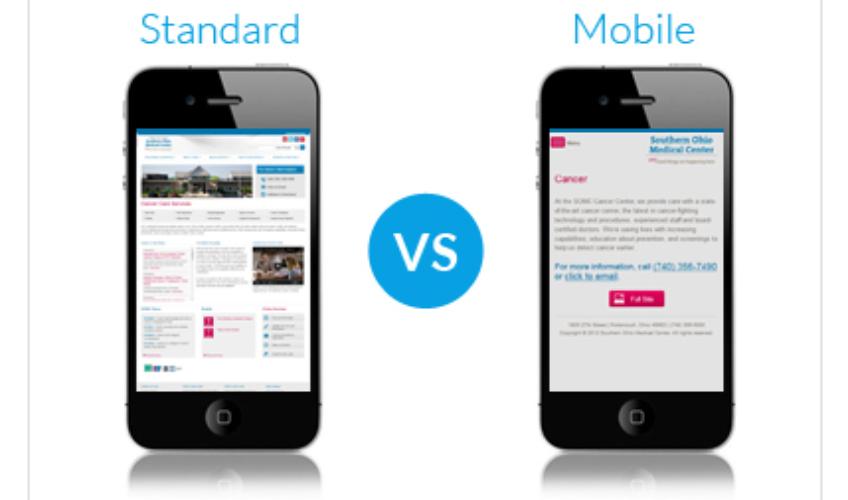
The left image is what their standard website looks like.
The image on the right is the same website after it’s been optimized for mobile devices.
Notice the differences?
It’s much harder for users to navigate on their phones if the site isn’t optimized.
The font is smaller and harder to read, which forces users to zoom in to find what they’re looking for.
Scrolling can be an issue too.
That’s because the website was designed for laptop and desktop screens.
The page will load, but ultimately it has too many problems.
Once it’s optimized, the page will fit much better on a smaller screen.
Now users will have to scroll up and down to navigate instead of zooming and needing to scroll left and right to see all your content.
This makes it easier for the site visitor to find what they’re looking for in just a click or two.
Ease of use will keep the consumer happy, ultimately leading to higher conversion rates.
These are some other added benefits of a mobile-friendly website:
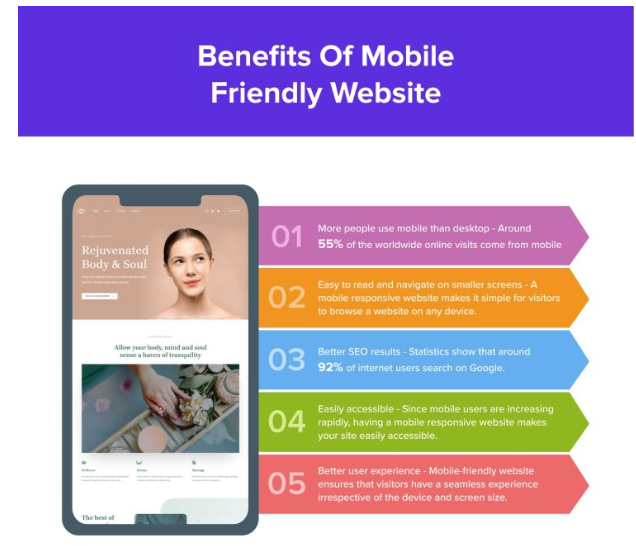
We would definitely recommend adding a search bar to your mobile site at the top of the screen.
That makes it even easier for the user to get where they need to be as fast as possible.
Check out these examples from Patagonia, Amazon, and The New Yorker:

All three of these popular websites simplify the search and navigation process for people using their phones and tablets.
Once you modify the design of your mobile site to accommodate mobile users, it’s time to put it to the test.
Enter your site URL on the Google mobile-friendly test to see the results.
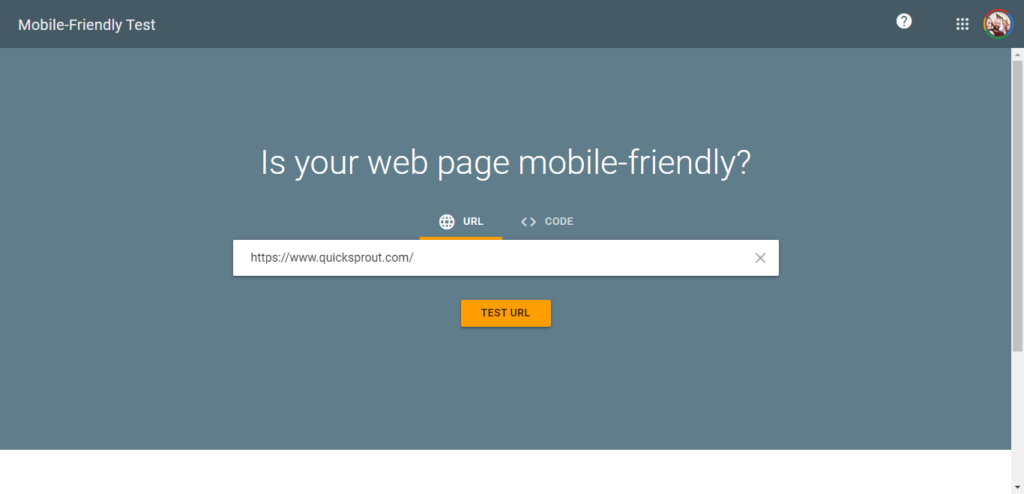
These are our results when we run the test for Quick Sprout:
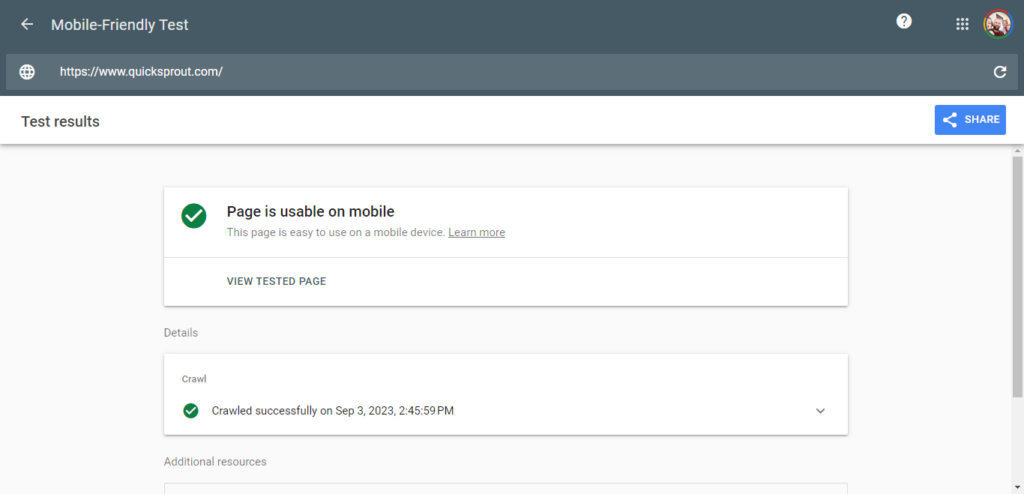
As you can see, our mobile site is friendly for users.
In fact, you might even be reading this blog on your mobile device right now.
Speed matters
Having your website designed for mobile devices is only half the battle.
The site needs to load fast too.
You can use the Google mobile speed test to check how fast your page loads on mobile devices.
It all goes back to accommodating the user.
People are busy.
More importantly, they are impatient.
This is a major problem for you if your mobile site takes too long to load.
It doesn’t matter what kind of device they are using.
According to recent studies, users expect mobile pages to load as fast or faster than the pages on their desktop and laptop computers.

Mobile sites that load more than three seconds will have a 40% abandonment rate.
Just take a moment to let that sink in.
Four out of every ten users will leave your website if it doesn’t load fast enough.
Fixing a slow loading time can drastically improve your sales because your abandonment rates won’t be as high.
Look at the other statistics on the graphic above as well.
Over 70% of Internet traffic today comes from mobile devices.
Most people searching for your site probably do so from their phones and tablets.
You are hurting your bottom line if you’re not making it as easy as possible for these people to navigate.
This is true regardless of what kind of site you’re running.
For ecommerce sites, obviously, the goal of your business is to get users to buy what you’re selling.
But you won’t get sales if they can’t locate your items and the pages don’t load fast.
Even if you’re not selling a physical product online, you still need to optimize your site for mobile devices.
How do you make money?
Let’s say you run a blog.
You may rely on advertisements to make ends meet.
But if users aren’t spending time on your site or they are abandoning it, you won’t get as many impressions, and your click-through rates will suffer.
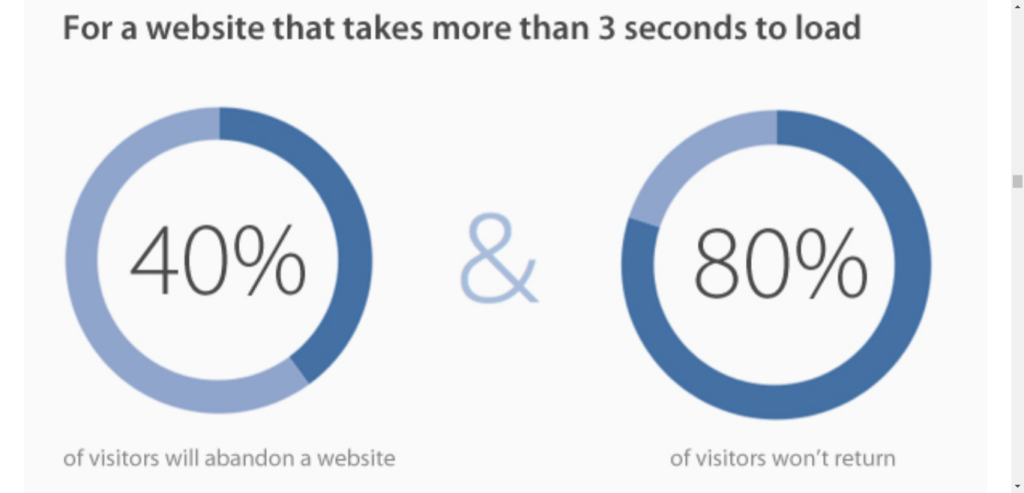
Look at the direct correlation between load times and abandonment.
Your website can’t survive if your rates are this high.
Recognize how many people are using mobile devices
Keeping up with the trends is part of operating a business and running a website.
You would be surprised how many business owners don’t know what’s happening, even in their industries.
It’s mind-blowing.
But for argument’s sake, let’s pretend you’re an industry expert, which you may be very well.
That’s not enough.
If you have a website, you must understand how people consume information.
That goes for small businesses too.
Take a look at how searches on various devices resulted in purchases from a local business.
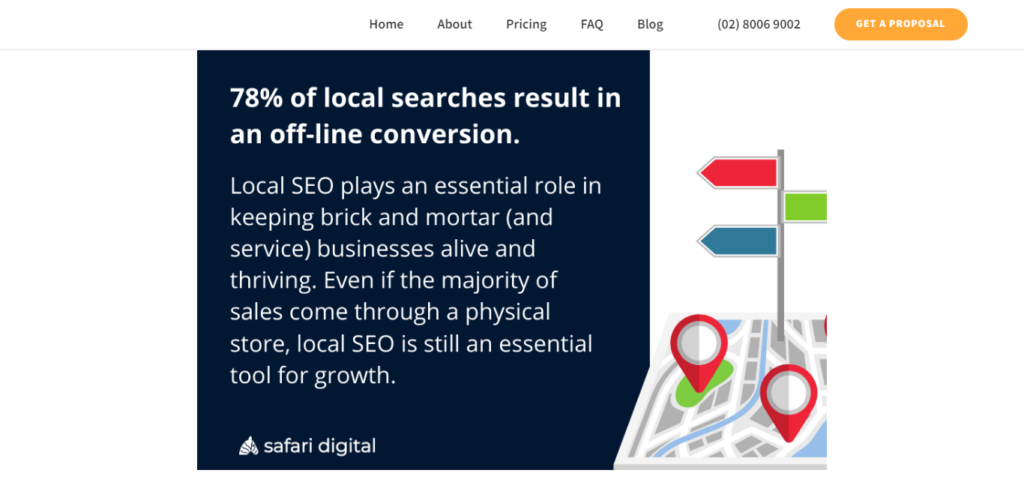
More searches resulted in mobile phones and tablet purchases than computers and laptops.
Remember what we said earlier?
People search for items online while they are shopping inside a physical store.
Obviously, for convenience and practicality purposes, they don’t whip out a computer to do this.
But they can easily reach into their pockets for their phones.
Let’s continue analyzing the trends.
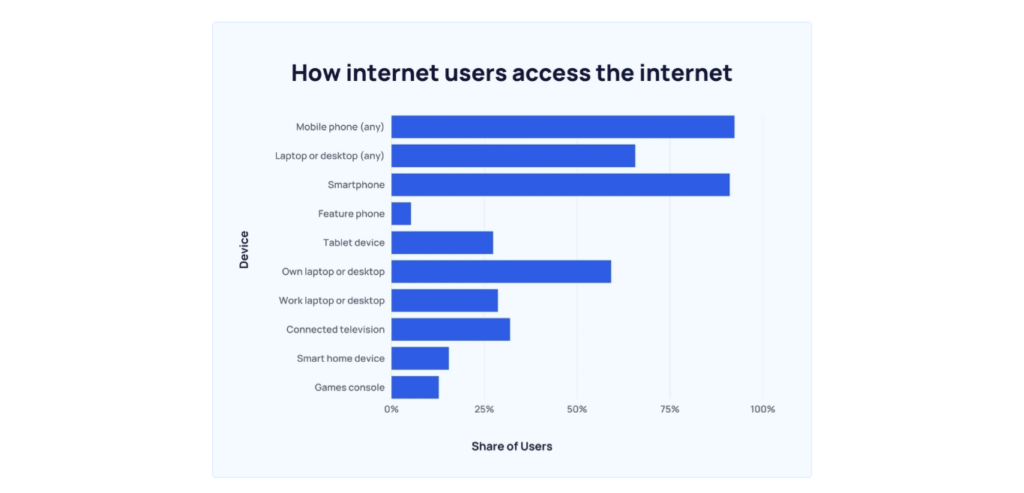
In 2017, laptops and desktops are trending down.
On the flip side, mobile phones are trending up.
This holds true on a global scale as well.
Over 66% of the population owns a mobile device.
As a business owner who operates a website, you must stay on top of these numbers.
Analyze your target market.
Age impacts how people browse and shop online as well.
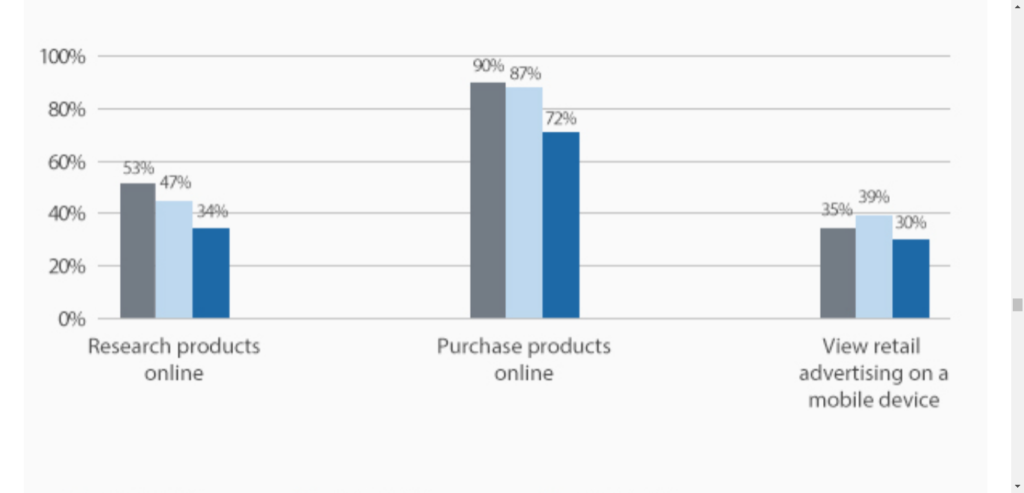
As you can see from the graphic above, people over the age of 55 use their devices much less than younger generations.
So if you’re selling a product or service that targets senior citizens, you might be getting away with not having a mobile-friendly site at the moment.
But you’re still missing out on sales.
Think about all the younger people who may want to buy a gift for their parents or grandparents.
They would browse and shop on their mobile devices.
Plus, this isn’t a sustainable business plan.
Those younger generations will only get older, so it’s safe to say these trends will shift and even out over time.
Mobile devices impact buyer behavior
Continuing with our last point, the devices that people browse impact how they shop.
The reason behind this statement is due to a combination of everything we’ve discussed so far.
Consumers are more likely to buy something if you have a mobile-friendly website.
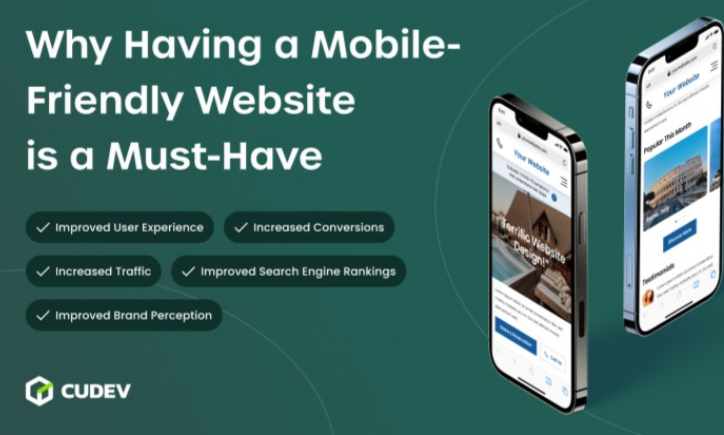
It’s that simple.
Here’s a hypothetical situation.
Let’s say a consumer is shopping in your competitor’s brick-and-mortar location, which is within walking distance from your storefront.
The customer is interested in an item but wants to ensure they get the best price.
They run a quick Google search to see if anyone else sells this particular item at a more reasonable cost.
You offer the same exact item for 20% less than your competitor.
But when the consumer clicks on your website, it takes too long to load and is not mobile-friendly.
Now what?
The customer didn’t want to take the time to figure out scrolling and zooming through your complicated website because it wasn’t compatible with their mobile device.
You just missed out on the sale.
They bought from your competitor instead.
If this pattern continues, it will put you on the fast track to going out of business.
A/B test different versions of your mobile site
Once your mobile site is up and running, you must keep working on it.
Sure, it’s better than it was before, but that doesn’t mean there isn’t room for improvement.
Just like you do with your website and email campaigns, you also need to A/B test your mobile website.
This will help ensure you get the highest conversion rates possible.
That way, you know it’s performing to its full potential.
Approach this test the same way you would any other A/B test.
Just change one component.
For example, you could change the wording, colors, size, or placement of the CTA button.
Here’s a basic example to illustrate what we mean:
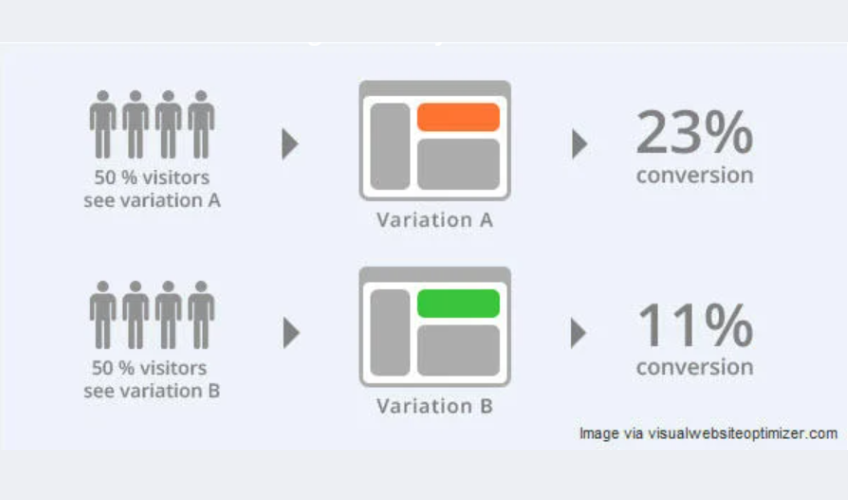
We’d recommend testing the performance of different site variations often.
That’s the best way to ensure you’re accommodating the needs of any mobile user who visits your website.
Build an app
For those of you who want to take mobile optimization a step further, building an app for your company may be in your best interest.
Apps can help enhance the user experience even more.
It’s not for every business, but we definitely recommend looking into it.
Mobile app development is expensive and takes time.
Even after your app is finished, it will still cost you money to keep it running.
But if you have the funds to pull it off, it can be worth your time and financial investment.
Most of the time spent on mobile devices is through app usage.
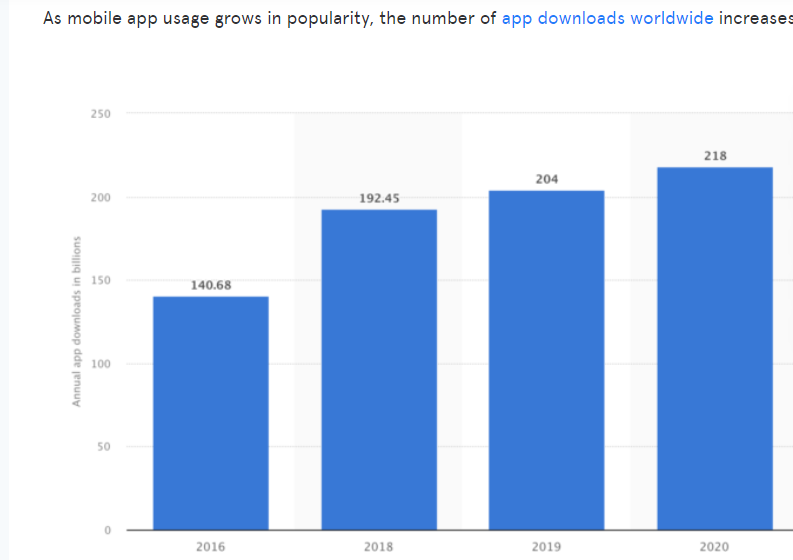
It’s a great way to increase customers’ chances of engaging with your company more.
We recommend building an app for your business if you have an ecommerce website.
Here’s why.
Your mobile site may be better for the users to browse when they’re looking up information in a store, but apps make it easier for them to purchase.
The checkout process on your mobile site is long and tedious.
Users must enter their personal information, shipping address, and payment method.
This takes a long time, especially on a mobile phone.
There is too much room for error, and you could see many abandoned shopping carts.
But if you have an app, users can create a profile once they download it.
This profile saves all their information.
So when it’s time to check out, your customers can add items to their carts and pay with just a few clicks.
This simplified process will increase sales for your ecommerce store.
Conclusion
If the sales for your business are stagnant or declining, it may be because you’re ignoring mobile users.
The trends are changing toward more mobile usage each year.
Optimizing your website to accommodate the needs of these users will help you make more money.
You have to make sure your mobile site loads fast in addition to being optimized.
Otherwise, you’ll see high abandonment rates.
A/B test different versions of your mobile website to get the highest number of conversions possible.
Building a mobile app for your company may also be in your best interest, especially if you’re selling something.
Follow these tips, and your website will start making more money from people using mobile devices.
